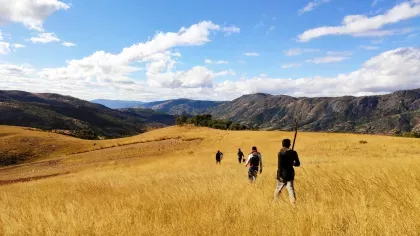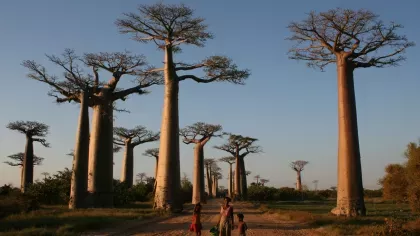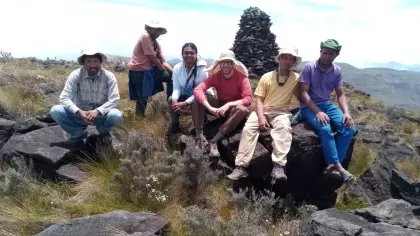3 February 2024
The makings of a megadiverse island
Madagascar is one of the most biodiverse countries on the planet. But how did it get that way?

An island home to a dazzling array of wildlife found nowhere else on the planet, including a whole group of ghostly primates and 12,000 species of plants.
Almost feels like a description of a mythological island. But Madagascar is very much a real, wildly biodiverse place.
Madagascar is often described as a megadiverse country, with around 90% of all species on the island found nowhere else in the world.
But why is Madagascar like this? What are the conditions needed to create an amazing paradise island?
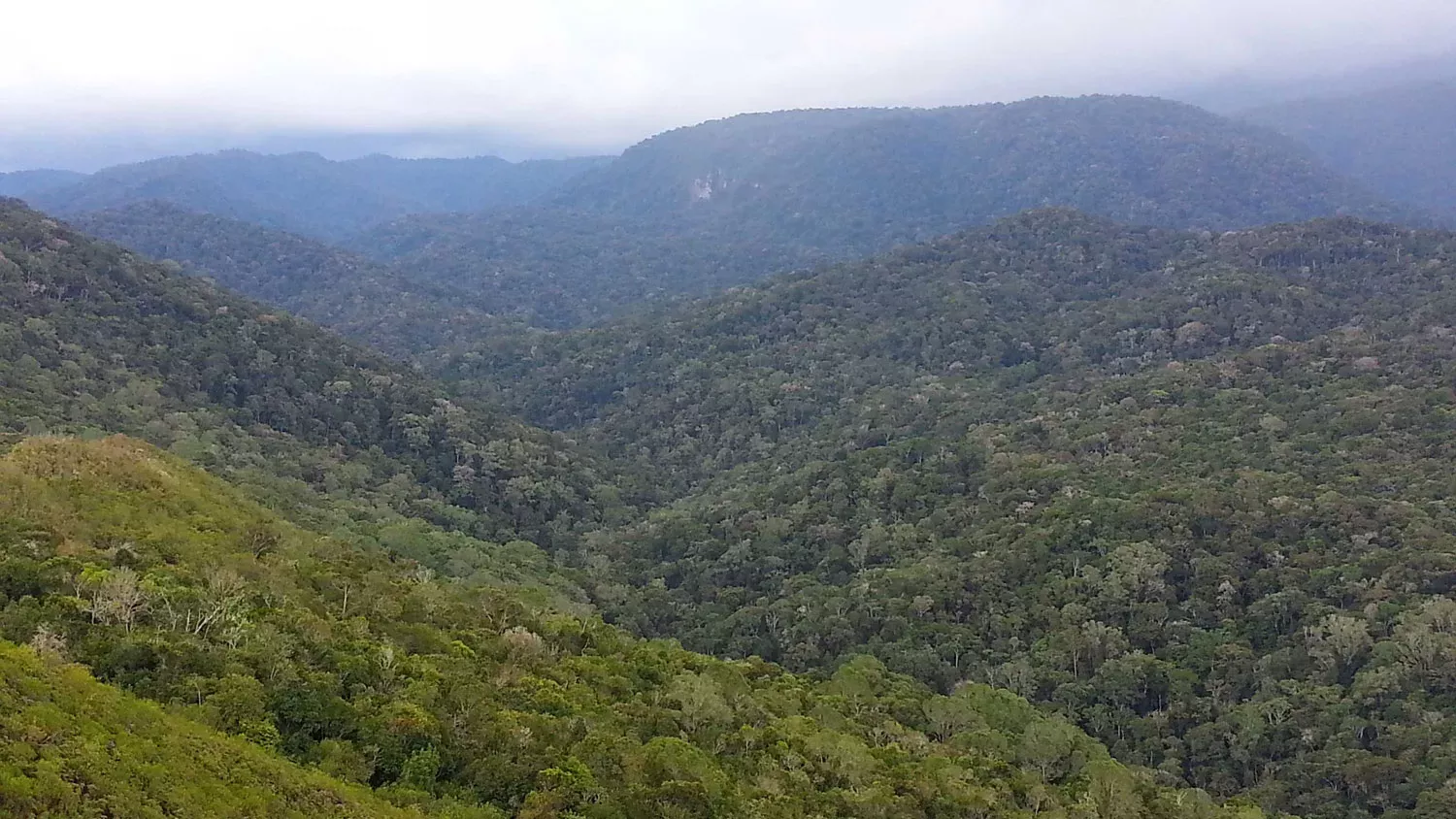
Madagascar drift
To understand the island’s richness of species, let’s start at the beginning: nearly 150 million years ago.
At this time the world looked very different, literally. The continents had recently begun breaking apart from the super-continent Pangea, and the land that would one day become Madagascar was sandwiched between South America, Africa, Antarctica, India and Australia.
Around 135 million years ago, the South America-Africa continent split away from the India-Australia continent. Then, around 90 million years ago, Madagascar split away from India and Australia.
Isolated for millions of years, with no land connections, the flora and fauna of Madagascar evolved into unique forms, perfectly suited to island life.
This is partially the reason for the 12,000 species of Madagascan plants, it’s thought over 80% are found nowhere else on the planet.
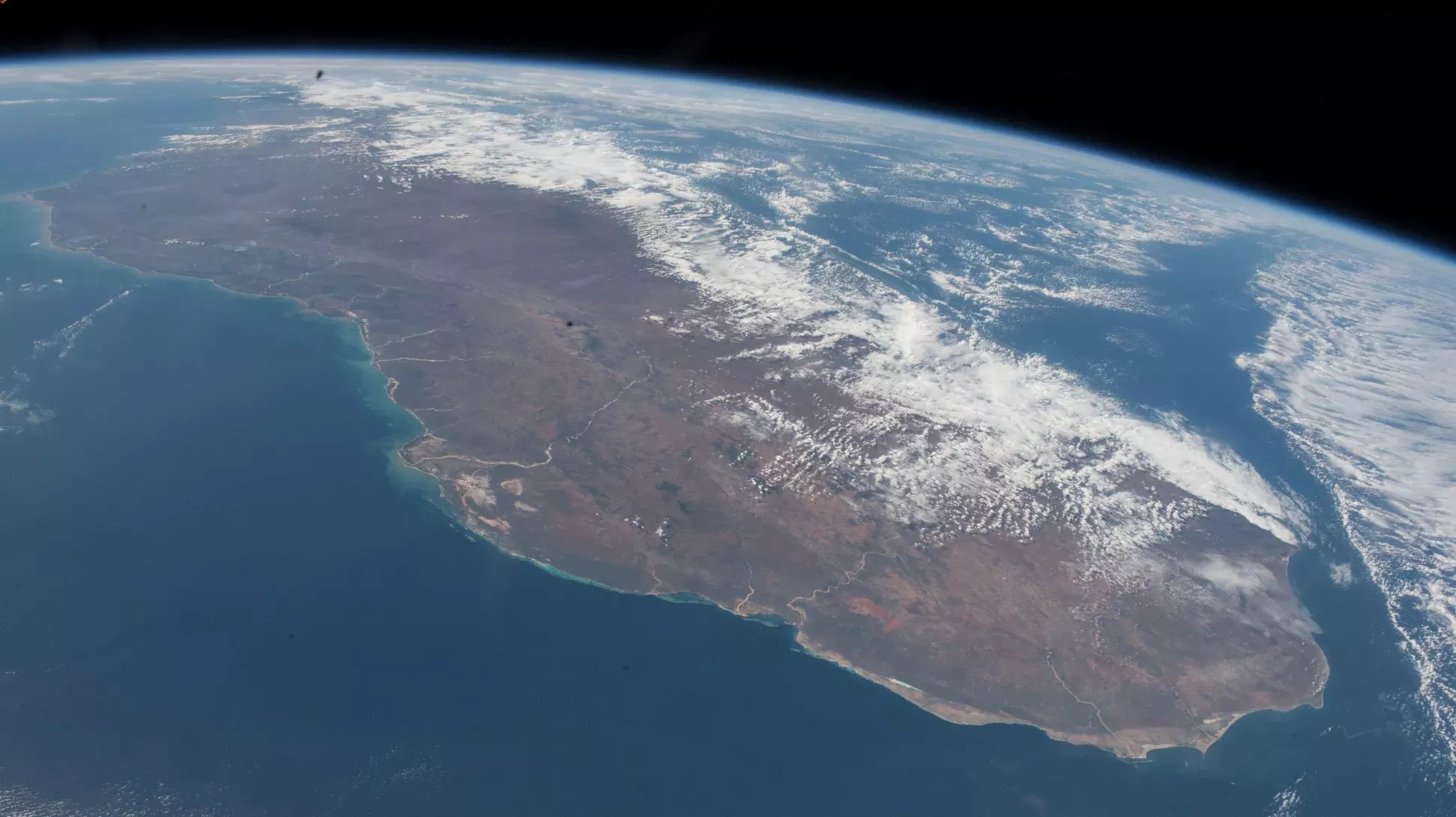
Island of the ghosts
As Madagascar drifted westwards, away from the Indian continent, it drew closer to its current home: the east coast of Africa.
It’s this proximity that has also afforded Madagascar one of its most famous residents: the lemurs, who get their name from a Latin word meaning 'spirits'.
For years, it was assumed that ancestors of the lemurs would have been present when Madagascar was still attached to India, and then evolved in isolation once the island had detached.
But it’s now more widely accepted that the lemurs are, geologically speaking, a more recent addition to the island’s biodiversity.
It’s thought that over the course of thousands of years, small mammals would have been washed out to sea on rafts made of plant material, like leaves and branches. While only a few would have survived the voyage, those that did would find themselves in a whole new world, devoid of other mammalian competition.
These small mammals went on to become unique Madagascan species, like the lemurs, the majority of tenrec species, and the fossa.
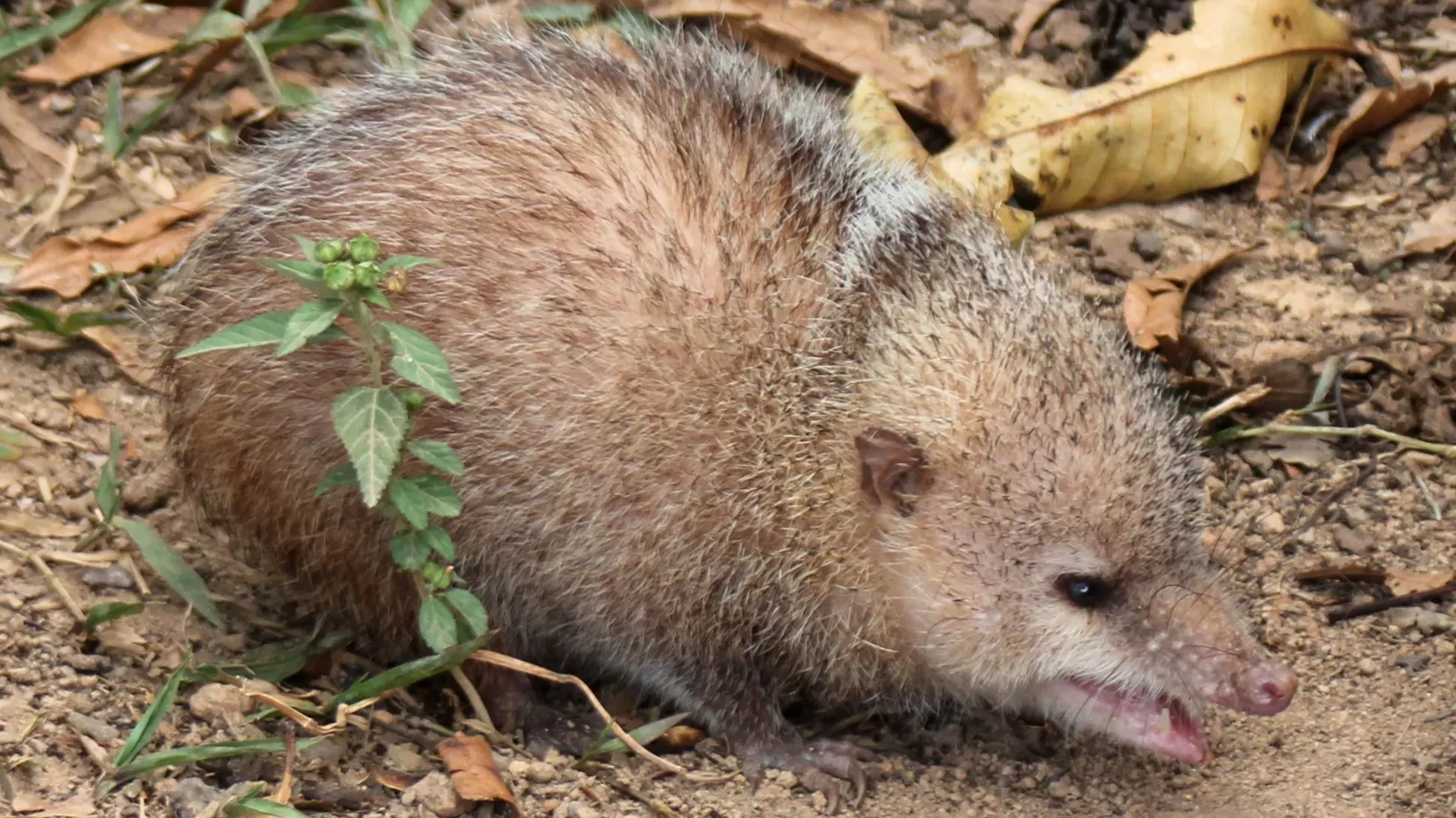
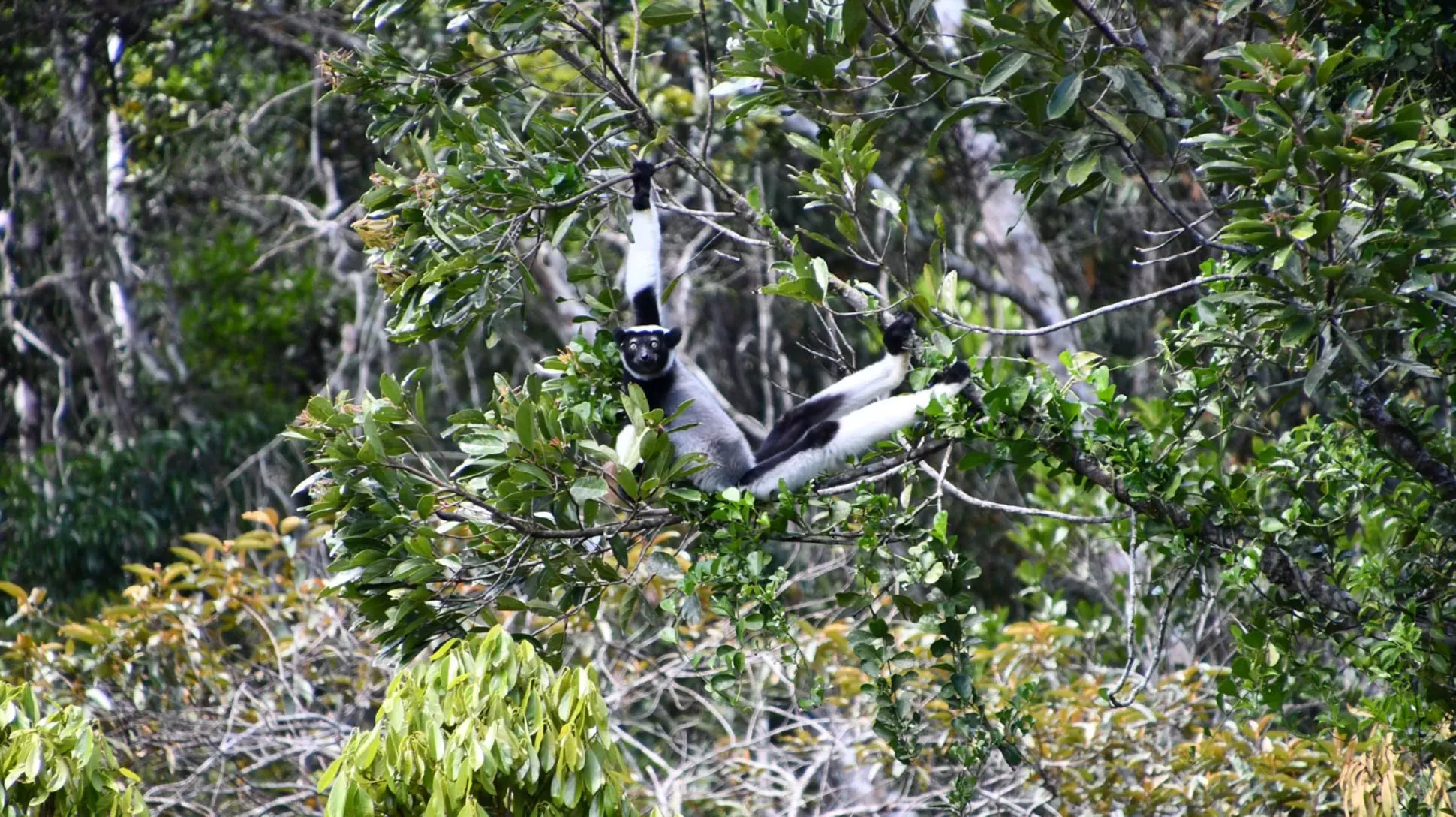
Biome, sweet biome
It’s not just Madagascar’s status as a lonely island that’s resulted in its biodiversity, but also where it has ended up.
The island has a range of mountains that run roughly down through the centre, and it’s because of these mountains that Madagascar has such a range of different ecosystems. In fact, Madagascar has seven distinct ecosystems, each home to unique species best suited to the conditions.
The eastern coast of the island is exposed to the large number of rain clouds that are pushed in from the Indian Ocean by trade winds. Due to the mountain range being so high, with the highest peak being twice as tall as Britain's tallest mountain, the vast majority of the rain is captured on the east coast.
This high humidity has resulted in a rich lowland rainforest ecosystem, teeming with a variety of animal and plant life, including the iconic Darwin’s orchid (Angraecum sesquipedale).
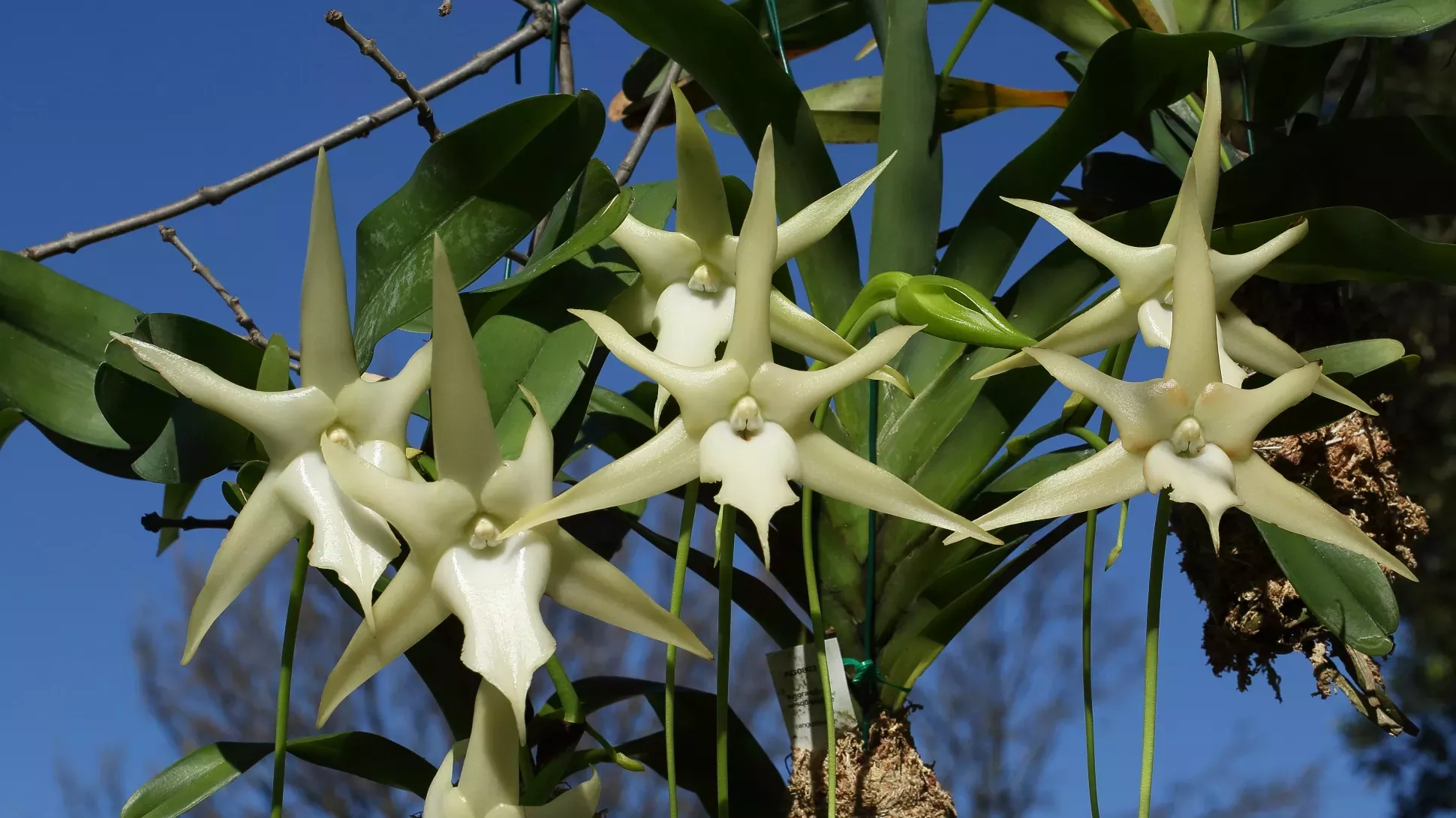
Spiny or succulent?
Moving west, the central highlands of Madagascar are home to the subhumid forests, which receive less rain, but enough to foster bountiful forests and grasslands. These subhumid forests are home to tapia trees (Uapaca bojeri), a vital economic resource to many Malagasy communities.
The northwest and west of the island is home to dry forests regions, filled with a variety of non-evergreen plants. The southwestern regions, receiving very little rain, are incredibly dry, but still play host to succulent forests, including the iconic giant baobab (Adansonia grandidieri), and spiny forests, where you’ll find the Madagascar ocotillo (Alluaudia procera).
Finally, on the west coast of the island you’ll find mangroves, and the centre of the island has a small number of mountainous thickets at high altitudes.
With all these different ecological niches, it’s no wonder that Madagascar has so many incredible plant, fungal and animal species found nowhere else.

Megadiversity under threat
Home to such a unique array of species, along with 21 million human inhabitants that rely on it for sustenance, the ecosystems of Madagascar are well worth protecting. And action is needed now more than ever.
In a 2022 scientific paper from Kew researchers, it was found that between the effects of overexploitation and unsustainable agriculture, nearly 90% of plant species on Madagascar are being pushed closer to risk of extinction.
An alarming statistic, but also a call to action. The Kew researchers, including staff from the Kew Madagascar Conservation Centre, put forward five strategies to help safeguard biodiversity in Madagascar, including expanding our understanding of the range of species at risk, and addressing the root causes of biodiversity loss, including poverty and food insecurity.
Protecting the incredible range of biodiversity in Madagascar might feel like an impossible task. But the alternative is losing over 90 million years’ worth of uniquely evolved species. And with this much at stake, the only thing that’s impossible is not trying to save it.
